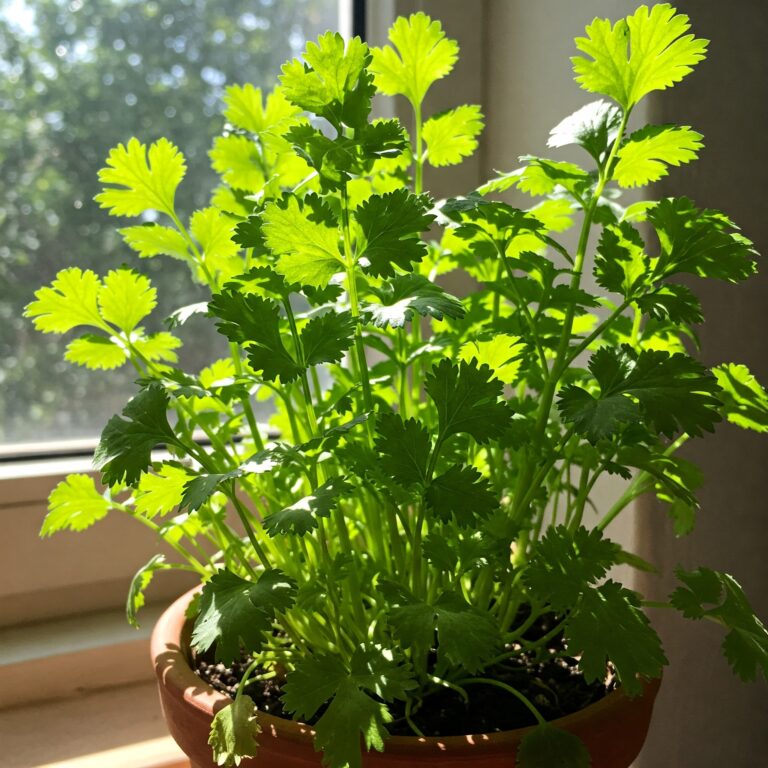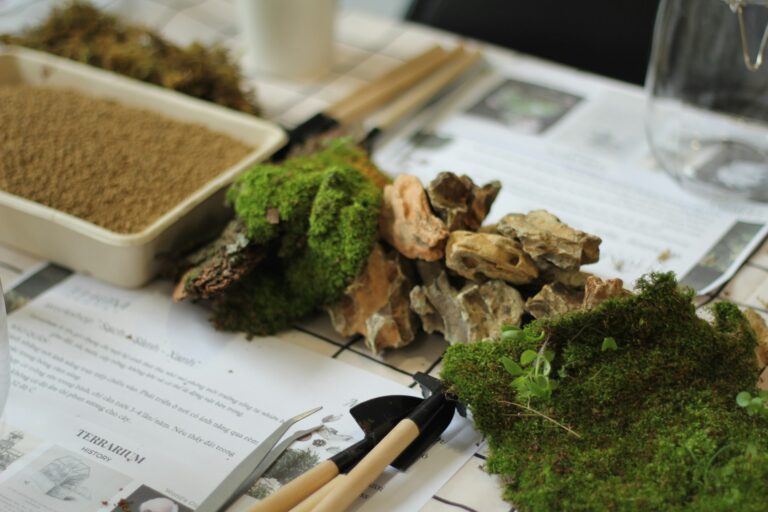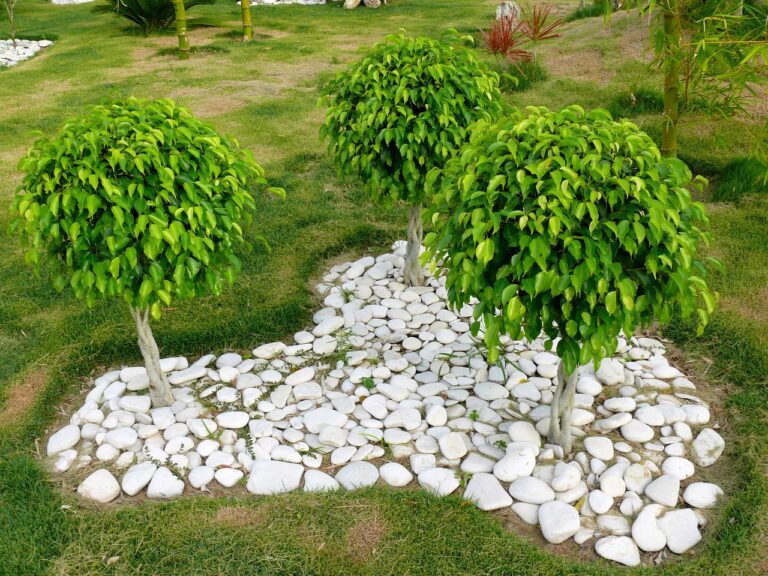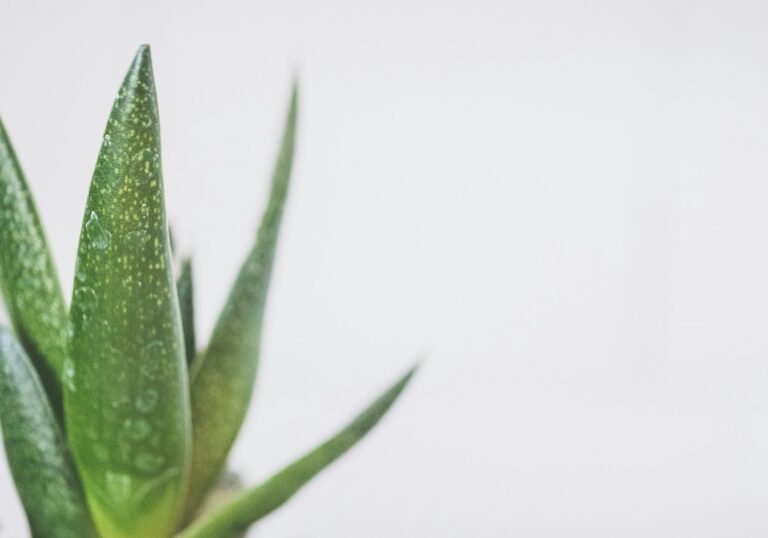Succulents have skyrocketed in popularity in recent years, thanks to their striking appearance, low-maintenance needs, and adaptability. These hardy plants are loved by gardening enthusiasts and beginners alike for their ability to thrive in various conditions. However, understanding how to care for succulents in different climates is crucial to ensuring their long-term health and vibrancy.
In this guide, we’ll explore the basics of succulent care tailored to hot, cold, and indoor environments.
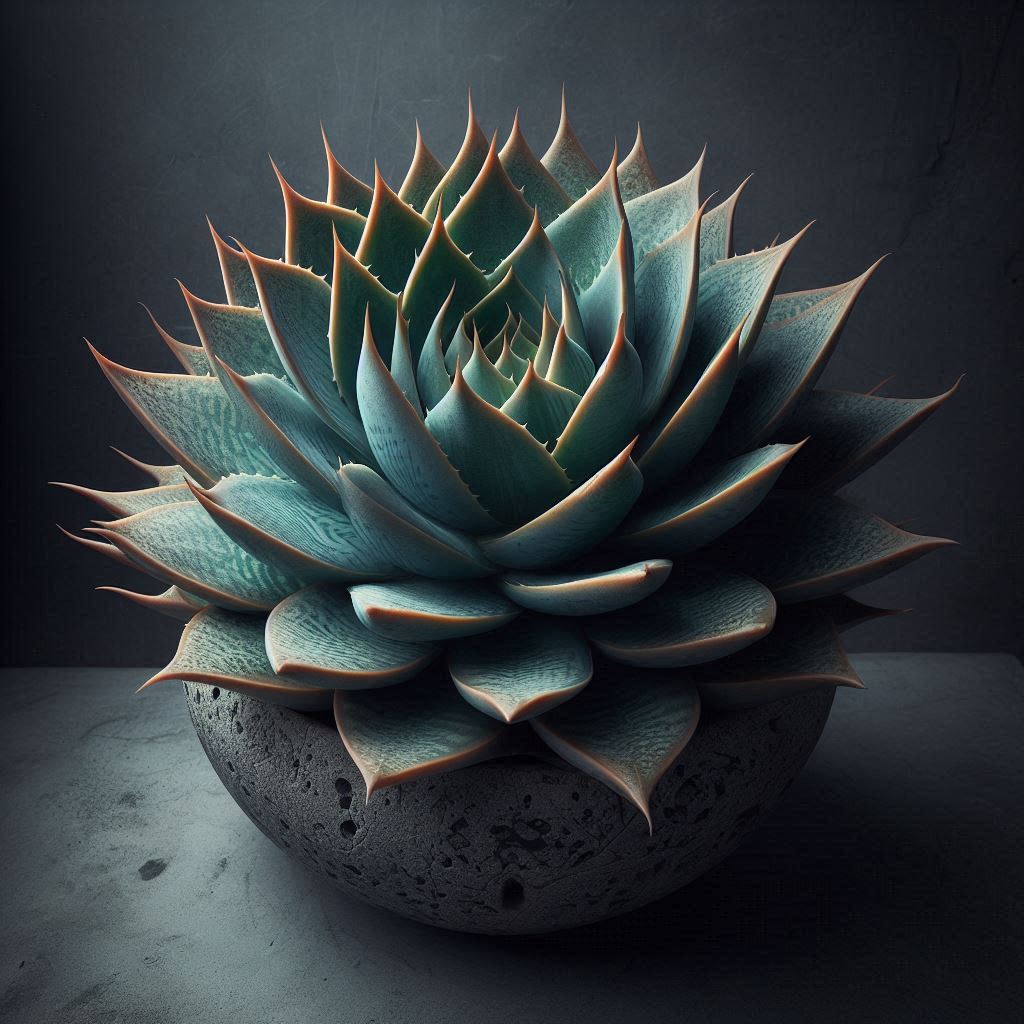
Understanding Succulent Basics
Before diving into climate-specific care, it’s important to understand what makes succulents unique.
Water Storage and Drought Resistance
Succulents are equipped with fleshy leaves, stems, or roots that store water. This evolutionary adaptation allows them to survive in arid conditions where other plants would struggle. Their drought-resistant nature makes them a perfect choice for those who want low-maintenance greenery.
Types of Succulents for Specific Climates
Succulents come in many varieties, and selecting the right type for your climate can make a significant difference in their care. For instance:
- Hot Climates: Varieties like aloe vera, jade plants, and cacti thrive in intense sunlight and dry conditions.
- Cold Climates: Hardy types such as Sempervivum (hens and chicks) and Sedum can withstand frosty weather.
- Indoor Environments: Echeveria, Haworthia, and snake plants are ideal for indoor spaces with moderate light.
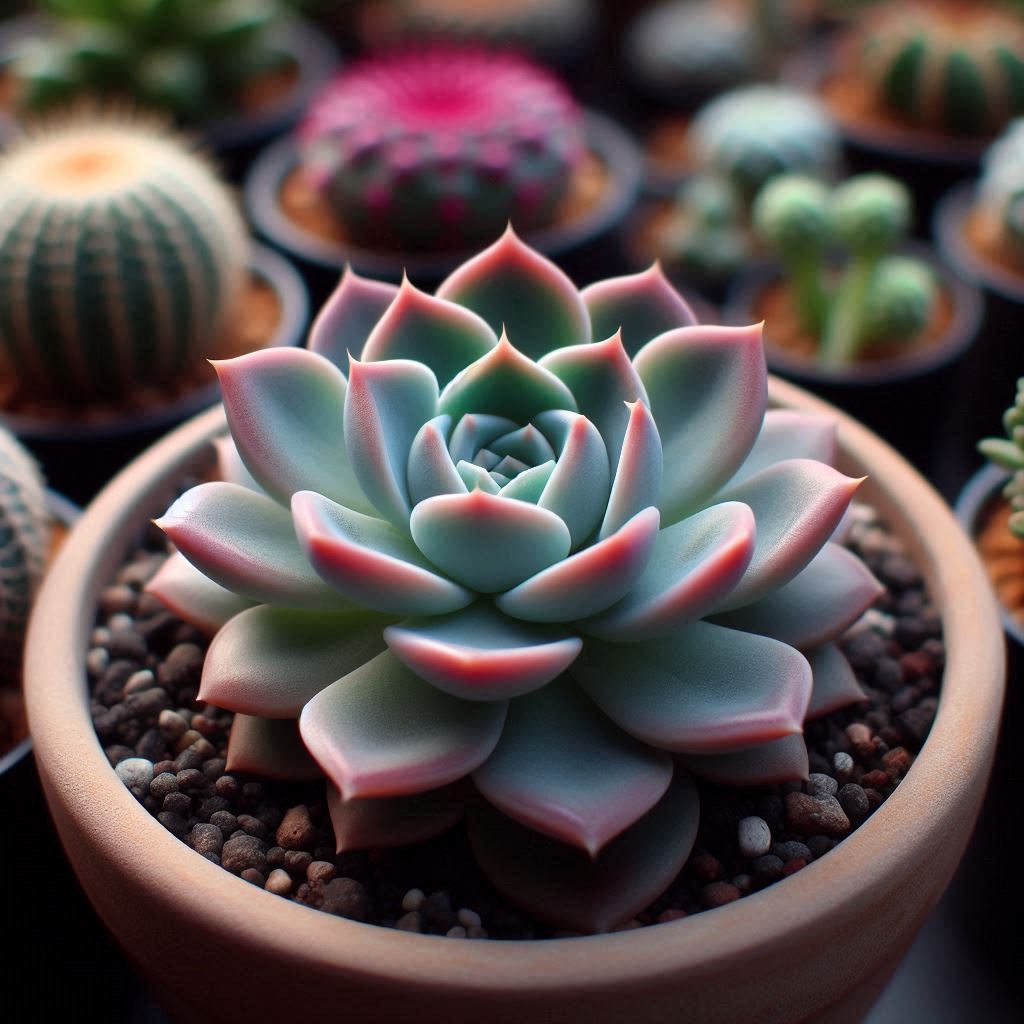
Care for succulents in different climates
Hot climates are naturally suited for most succulents, but extreme conditions require extra attention.
Sunlight Requirements and Shade Protection Succulents love sunlight, but too much direct exposure can lead to sunburn, causing their leaves to discolor or shrivel. To prevent this:
- Provide 4-6 hours of morning sunlight.
- Use shade cloth or move potted succulents to shaded areas during peak afternoon heat.
Watering Frequency in Arid Conditions Overwatering is a common mistake, but under-watering can also harm succulents in hot climates. Follow these tips:
- Water deeply but infrequently, allowing the soil to dry out completely between waterings.
- Opt for well-draining soil to prevent waterlogged roots.
- Increase watering frequency slightly during heatwaves, but always check the soil’s moisture level first.
Caring for Succulents in Cold Climates
While many succulents are native to warm regions, some varieties can endure the cold with proper care.
Winter-Proofing Succulents Cold weather poses risks such as frost damage and rot. Here’s how to protect your plants:
- Mulching: Apply a layer of mulch around outdoor succulents to insulate the roots.
- Indoor Care: Bring potted succulents indoors before the first frost. Place them near a sunny window, but avoid cold drafts.
Choosing Cold-Hardy Varieties Opt for succulents known for their resilience in freezing temperatures, such as:
- Sempervivum: These plants can survive temperatures as low as -30°F (-34°C).
- Sedum: This genus includes several frost-tolerant species perfect for outdoor gardens in cold climates.
Caring for Succulents Indoors
Indoor succulent care focuses on mimicking their natural environment while avoiding common indoor plant pitfalls.
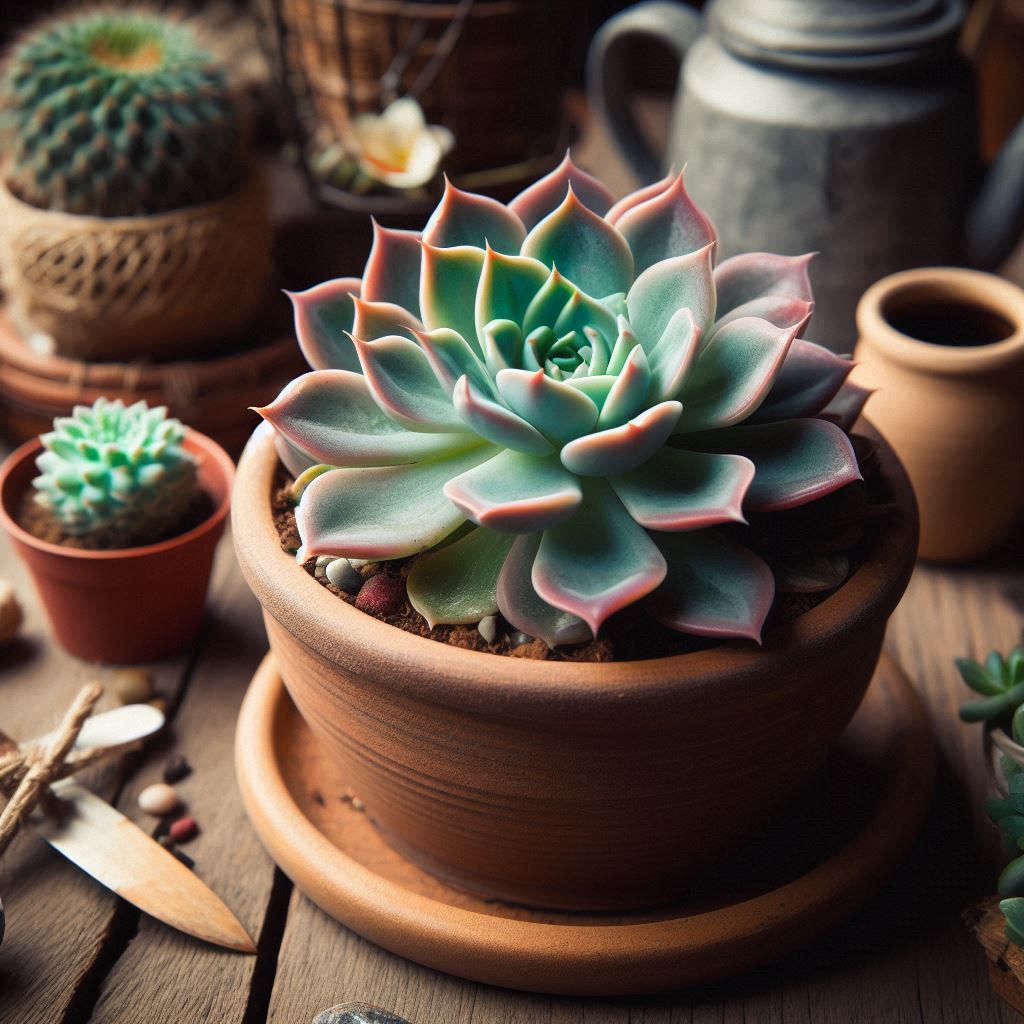
Importance of Indirect Light and Avoiding Overwatering
- Light: Place succulents near windows with bright, indirect sunlight. Rotate them periodically to ensure even growth.
- Watering: Overwatering is the leading cause of indoor succulent issues. Water only when the soil is completely dry, and ensure pots have drainage holes.
Managing Humidity Levels Most succulents prefer low-humidity environments. To maintain optimal conditions:
- Use a dehumidifier in overly humid spaces.
- Avoid placing succulents in bathrooms or kitchens where humidity levels are naturally higher.
Common Mistakes to Avoid
Proper succulent care requires avoiding some frequent missteps that can harm their health.
Overwatering Overwatering leads to root rot, one of the most common reasons succulents die. Signs of overwatering include mushy leaves and a foul odor emanating from the soil. Stick to a watering schedule that aligns with the plant’s specific needs and climate.
Neglecting Pests and Diseases Succulents are generally pest-resistant, but they can occasionally attract mealybugs, aphids, or spider mites. Regularly inspect your plants for signs of infestation, such as white, cottony spots or webbing. Treat pests with neem oil or insecticidal soap as needed.
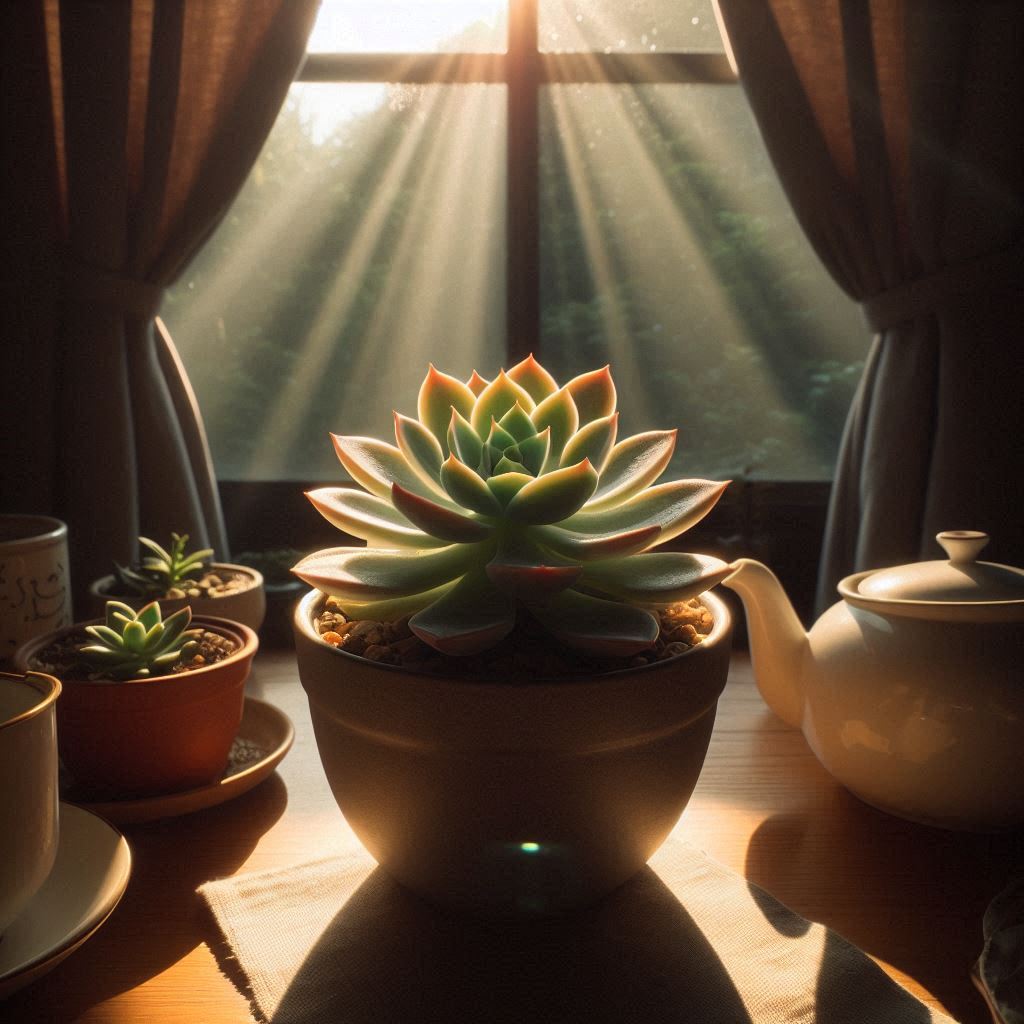
Conclusion
Caring for succulents in different climates doesn’t have to be complicated. By understanding your climate and selecting the right varieties, you can create a thriving succulent collection that brings beauty and resilience to your space. Whether you’re in a sun-drenched desert, a frosty winter zone, or a cozy indoor setting, these tips will help you keep your succulents healthy and vibrant year-round.
Ready to start your succulent journey? Check out our list of beginner-friendly succulents to find the perfect plants for your environment!
